 Cannabis Grow Guide by Royal Queen Seeds
Cannabis Grow Guide by Royal Queen Seeds
- Growing cannabis step by step
- Cannabis growing basics
- Choosing your seeds
- How to germinate seeds
- The cannabis vegetative stage
- The cannabis flowering stage
- Harvesting cannabis
- Trimming, drying, and curing
- Choosing pots and soil
-
Growing indoors
- A Complete Overview Of Growing Cannabis Indoors
- Cannabis Cultivation Tips: How To Set Up Indoor Grow Lights
- How Many Cannabis Plants Can You Grow Per Square Metre?
- Indoor Cannabis Growing: Relative Humidity and Temperatures
- Hydroponics Cannabis Growing Guide (with diagrams)
- Cannabis Micro Growing: Growing Great Weed in Tiny Spaces
- Growing outdoors
- How to grow autoflowering cannabis
- Cannabis nutrients and pH
- Cannabis troubleshooting: Nutrients
-
Cannabis troubleshooting: Growing
- Cannabis Seed Germination — Troubleshooting Guide
- How to Deal With Pythium (Root Rot) in Cannabis Plants
- Slow Cannabis Plant Growth And What You Can Do About It
- How to Deal With Leggy Cannabis Seedlings
- Watering Your Cannabis: How to Fix Overwatering and Underwatering
- Understanding Male, Female, And Hermaphrodite Cannabis
- Identifying and Treating Common Cannabis Ailments
- How To Revive a Sick Cannabis Plant
- How to Avoid Mouldy Weed During Drying and Curing
- How to Prevent and Treat Dry and Crispy Cannabis Leaves
- What Cannabis Leaves Can Tell You
- Causes and Solutions for Yellow Cannabis Leaves
-
Cannabis Strains Grow Report
- HulkBerry Automatic Grow Report
- Blue Cheese Auto Grow Report
- Purple Punch Automatic Strain Grow Report
- Triple G Automatic Grow Report
- Do-Si-Dos Automatic Grow Report
- Green Gelato Automatic Grow Report
- Haze Berry Automatic Grow Report
- Purple Queen Automatic Grow Report
- Cookies Gelato Automatic Grow Report
- Sherbet Queen Automatic Grow Report
- Sweet Skunk Automatic Grow Report
- Medusa F1 Grow Report
- Cannabis plant training
-
Weed growing tips
- The Cannabis Plant Anatomy
- How to preserve seeds
- How Much Sunlight Do Outdoor Cannabis Plants Need To Grow?
- How to Control and Prevent Stretching in Cannabis Plants
- My Cannabis Plants Are Growing Too Tall: What Should I Do?
- Should You Worry About Purple Or Red Cannabis Stems?
- What To Do When Your Indoor Cannabis Won’t Flower
- How To Protect Your Cannabis Plants From Heat Stress
- How To Tell If Your Female Cannabis Plant Has Been Pollinated
- Growing Medical Marijuana
- Bud Washing: How to Clean Your Weed
- Understanding Cannabis Yield per Plant
How To Grow Weed During The Vegetative Phase

Do you want to learn how to grow weed during the vegetative phase? In this article, you will discover how to support your cannabis plants during this crucial stage to achieve the best possible results.
WHAT IS THE VEGETATIVE PHASE?
The vegetative phase is a period of the growing cycle that takes place after germination and before flowering.
After your cannabis seeds germinate, they’ll emerge from the soil as seedlings. These youngsters feature a short stem and two rounded cotyledons. Eventually, the first “true” leaves will form. Over the subsequent 2–3 weeks, seedlings will start to mature and produce a large number of fan leaves—structures required for photosynthesis. This marks the beginning of the vegetative phase.
The vegetative phase can last anywhere between 3–16 weeks (or longer), depending on the genetics of a cultivar and the goals of the grower. Explosive growth occurs during this time. Plants are typically transplanted into larger containers at the start of the vegetative phase to give their root system more room to expand. The main stem will ascend, and the space between nodes will increase dramatically. Indica cultivars will remain short and put out lots of lateral growth, whereas sativa varieties grow taller with much less ramification.For photoperiod varieties, the vegetative phase ends when the light cycle shortens.
- Outdoors, this happens as the seasons change from summer to autumn.
- Indoors, the lighting schedule is shortened to force photoperiod plants to flower on command. Plants will transition from the vegetative phase into bloom when exposed to a light cycle of 12 hours on and 12 hours off. In contrast, autoflowering cultivars initiate flowering based on their age as opposed to light cycle.
 |
 |
 |
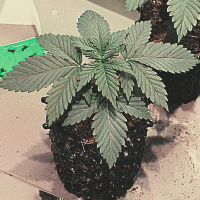 |
| Growth phase (Week 1) | Growth phase (Week 2) | Growth phase (Week 3) | Growth phase (Week 4) |
 |
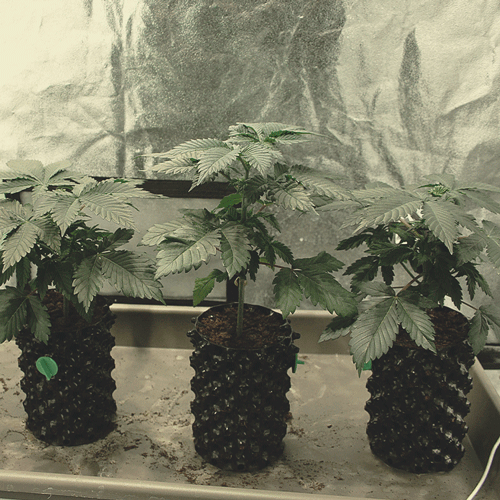 |
 |
 |
| Growth phase (Week 5) | Growth phase (Week 6) | Growth phase (Week 7) | Growth phase (Week 8) |
IMPORTANCE OF THE VEGETATIVE PHASE
The vegetative phase is a vital period in the life cycle of a cannabis plant. Growers need to provide optimal environmental conditions for their plants to grow as large and healthy as possible. Size often equates to yield. The bigger plants become, the more nodes or “bud sites” they develop, and the more flowers they’ll be able to produce. But size isn’t the only factor.
Some growers prefer to keep their plants small while still achieving excellent yields, which can be done by training plants. These techniques need to be implemented in the vegetative stage before the first flowers begin to emerge. Many essential physiological functions are underway during the vegetative stage. Fan leaves are working hard to convert light and CO₂ into energy. The root system is expanding and providing a firm anchor to prevent the plant from toppling over; the roots also work to uptake vital nutrients and water. To meet the demands of plants during this time, growers need to ensure they provide the correct amount of light, water, and nutrients.
Cultivators also need to be aware of pests and pathogens, and do their best to prevent these threats from damaging or even killing their crop. Ultimately, the vegetative period sets the stage for flowering. The healthier plants are during this time, the more prepared they will be for flowering and a bountiful harvest.
As you prepare for the flowering stage, it's important to optimise your plants' growth during the vegetative phase. Dive into our video "The Growth or Vegetative Phase" and discover practical tips for managing light, temperature and nutrients to help your cannabis plants thrive.
HOW TO ACHIEVE IDEAL VEGETATIVE GROWTH
The factors mentioned above apply to every cannabis grow. When cultivators manage to strike the perfect balance between all of these variables, remarkable growth becomes possible during the vegetative phase. Although the primary demands of plants remain the same, growers need to be aware of the differences between growing indoors and outdoors. These two very different environments present growers and their crop with various challenges.
INDOOR
Growing indoors usually involves raising plants in grow tents or dedicated grow rooms—this comes with distinct advantages and disadvantages. Indoor growers have almost complete control over the environment during the entire duration of the growing cycle. During the vegetative phase, they can elect to run lights for 18–24 hours per day. The more light a plant is exposed to, the more it can photosynthesise, resulting in more explosive vegetative growth. More control means there’s also more to manage. Indoor growers need to measure CO₂ levels, humidity, and temperature regularly. These factors need to be kept within specific parameters to optimise plant growth. Growers may need to invest in fans, hygrometers, humidifiers/dehumidifiers, extractor fans, and more to keep their operation running smoothly. These systems can be automated using timers and sensors, but this isn’t realistic for amateur and hobbyist cultivators.


OUTDOOR
Outdoor growers have much less control over their plants during the vegetative phase and the growing cycle as a whole. The elements take control, which can be a good thing in some circumstances. You don’t have to provide a light source, and frequent rain and irrigation systems remove the need to water regularly. Achieving ideal vegetative growth outdoors mostly lies in boosting your plants’ defences. There are a lot of critters out there that will happily chow down on your plants for lunch. Small creatures such as insects can burrow into leaves and munch into roots, whereas animals such as birds and deer can do some severe damage to leaves and stems. Humid environments also increase the risk of fungal infections. Biological controls such as predatory insects can be introduced to the garden to eliminate pest species, and companion plants can be grown to deter them. Netting and fencing are an effective line of defence against larger animals. Foliar sprays can help to keep mould away. Growers should also place their crop in an area of the garden that receives good airflow, and avoid stagnant areas.

GIVING YOUR CANNABIS SEEDS THE BEST START
As we discussed above, the seedling stage comes just before the vegetative phase. It’s a key window in the life of a cannabis plant and can determine its fate. Just like healthy vegetative growth contributes to an optimal flowering phase, a healthy seedling stage does the same for the entire grow cycle. Let’s check out important factors to consider during this time.
-
GROWING MEDIUM
Cultivators can raise plants in a variety of media, including soil and water (hydroponics). The growing medium provides a space for roots to grow, and—in the case of soil—provides organic matter and nutrients. Consider introducing microorganisms such as mycorrhizal fungi into your soil to form a beneficial relationship with your plants. They help with the breakdown of organic matter and the uptake of nutrients. In a hydro setup, start with good-quality, filtered water. Tap water contains excess chlorine and other detrimental substances.

-
LIGHTING
Light is one of the most important factors when growing cannabis. Alongside water and CO₂, it’s a significant player in the process of photosynthesis. Growers need to start out with a good set of lights to enable plants to grow healthy and strong. LED lights are recommended due to their low operational costs and low heat emission. As mentioned, indoor photoperiod strains require 18–24 hours of light per dayduring the vegetative phase. The more light exposure a plant receives, the faster it’ll grow. Most cultivators vegetate their plants for 4–8 weeks. After this time, a switch to 12 hours of light per day is required to initiate flowering. In contrast, autoflowering plants flower on their own. Provide them with 18–24 hours of light per day throughout veg and flowering, and watch the magic happen.

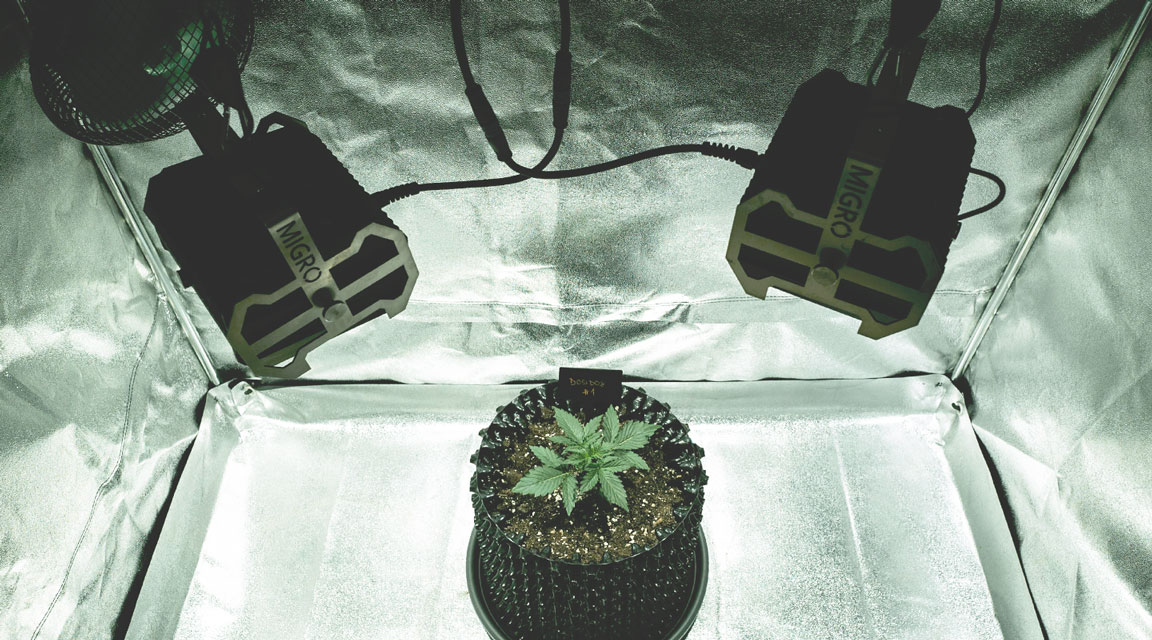
-
NUTRITION
Cannabis plants have specific nutritional demands, and their requirements differ during the vegetative and flowering phases. During the vegetative period, plants require higher levels of nitrogen, which contributes to the growth of stems and leaves. They’ll also need adequate levels of potassium to regulate the opening and closing of stomata, and to produce energy. Vegetating plants also require the right amount of magnesium to power photosynthesis, and calcium for cell wall health. Cultivators can purchase vegetative nutrient formulas to make things simple. Products such as Easy Grow Booster Tablets provide all of the nutrients plants need throughout the entire vegetative window.If you’re growing hydroponically, purchase specific vegetative nutrients and apply as directed by the instructions.

-
WATERING
Water—the liquid of life. Cannabis plants depend on water to absorb nutrients in both soil and hydro grows. During the process of transpiration, water moves up the stem of the plant to the leaves, transporting nutrients to where they are needed. However, too much water can be a bad thing. Overwatering can starve the roots of air and lead to the development of root rot. When watering your plants during the vegetative phase, wait for the top ~3cm of soil to dry outbefore watering again.Hydroponic plants receive all the water they need from their growing medium.
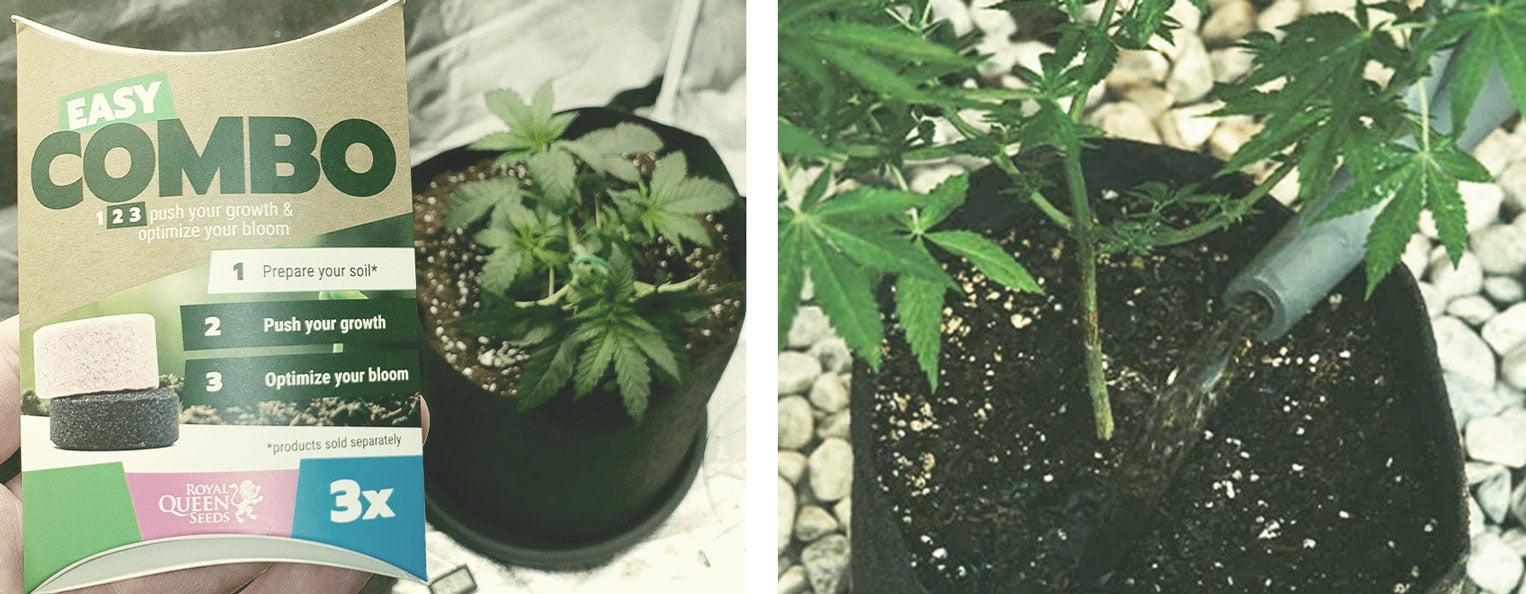

-
TEMPERATURE
Vegetative plants thrive in temperatures of 20–30°C. Luckily for indoor and outdoor growers, this is quite a broad range. Vegetative plants can tolerate quite high humidity. Don’t let levels drop below 40%, though. Both temperature and humidity can be measured using a thermometer/hygrometer. Indoor growers can manipulate these conditions using heaters, air conditioning, humidifiers, and dehumidifiers. Outdoors, growers can erect shelters to protect vegging plants from the sun if a brutal heat wave sweeps through.

-
AIRFLOW
Airflow is vital to keep vegging plants in good health. In a grow tent, input and extractorfans will keep the air fresh. They’ll bring in CO₂ and remove excess oxygen. Airflow will also help to prevent mould formation. If you’re growing outdoors in a polytunnel, it’s a good idea to set it up in the direction of the wind or to install some fans to keep the air moving.

-
TRAINING
Training allows growers to morph and shape plants to their will. It opens up the canopy and lets more light penetrate through. Training can also boost yield while keeping plants at manageable heights. Methods such as low-stress training can be used to change the shape of plants by bending and tying down the stems and branches.


THE FIRST TWO WEEKS OF THE VEGETATIVE PHASE
Plants grow with haste during this time. Growers will need to continually monitor them and adjust the parameters of their setup accordingly. When using Easy Booster Tablets, feeding won’t be an issue. Growers need to monitor watering closely. Again, wait to water until the top ~3cm of the soil is dry. Because plants will be growing so fast, the position of the lights may need to change. If the top of a plant gets too close to the light source, it can suffer from light burn. The light source should be suspended around 30cm away from the top of the plant. If any leaf yellowing occurs, it should be positioned even further away.
High humidity is important during the first two weeks of vegging. Moisture in the air will boost plant health and can be achieved by temporarily turning off fans indoors.
OTHER FACTORS TO CONSIDER DURING THE VEGETATIVE PHASE
In addition to the above, there are several other crucial factors to consider during the vegetative phase, regardless of how or where you choose to grow.
-
SEXING
Sexing cannabis plants is vital to prevent males from pollinating the grow space. If the goal is to produce resinous flowers, cultivators need to identify and remove males as early as possible. Once their pollen fertilises a female flower, they’ll start to produce seeds and stop resin production.Sexing can be conducted around four weeks after germination. Both male and female plants will start to produce pre-flowers—small pieces of tissue that signify sex.Male plants produce pre-flowers that are more spherical, whereas female pre-flowers resemble the shape of a teardrop. Growers can use a magnifying tool such as a jeweller's loupeto get a closer look at the nodes. If a male is identified, it should be removed from the grow space. It can be kept separate for breeding purposes or disposed of.
-
SPACING
Each plant needs its own space. Crowded plants will end up overshadowing each other and blocking out light. Many variables come into play here. The genotype of a strain will dictate how large it grows, however, plants can be tamed using training methods.Cultivators can plan their grow space by figuring out how many plants to grow per square metre.
- Using the SOG technique, growers can usually fit 4–16 plants per m². This involves potting many small plants in close proximity to form an even, horizontal canopy.
- As mentioned above, low-stress training (LST) is another technique used to tame plants. It will enable growers to fit approximately four plants per m².
- Finally, the ScrOG method can be used to boost yield, although only a single plant will fit per m².
-
TOPPING
Topping is a tried and tested method of controlling the height of a cannabis plant while boosting yield potential. By pruning the top of the main stem, growers can promote lateral growth, which in turn can enhance yield. Growers can perform topping as soon as a plant has 3–5 nodes.This is a technique for the vegetative growth phase. Cultivators should start with a sterilised pair of scissors and snip off the tip of the main stem, causing it to diverge. Growers can repeat this process again and again to produce more bud sites, however, plants need a period of “recovery” after each time you top, which will inevitably extend the length of the veg phase.
Plan your perfect grow today! Download the Beginner's Growing Guide for practical, easy-to-follow tips.
Free RQS
Grow Guide!

- Part 1: Germinating The complete guide to germinating cannabis seeds
- Part 3: Blooming phase Just another couple of months of blossoming and we will be ready to get our shears out of the cupboard
- Part 4: Last weeks of blooming After weeks of mounting excitement, the long-awaited moment for harvest is finally within arm's reach
- Part 5: Harvest This guide will assist you through each step of the harvest process to ensure a healthy and potent stash.
Grow Cannabis With RQS
 Grow Guide Topic Finder
Grow Guide Topic Finder
- Growing cannabis step by step
- Cannabis growing basics
- Choosing your seeds
- How to germinate seeds
- The cannabis vegetative stage
- The cannabis flowering stage
- Harvesting cannabis
- Trimming, drying, and curing
- Choosing pots and soil
-
Growing indoors
- A Complete Overview Of Growing Cannabis Indoors
- Cannabis Cultivation Tips: How To Set Up Indoor Grow Lights
- How Many Cannabis Plants Can You Grow Per Square Metre?
- Indoor Cannabis Growing: Relative Humidity and Temperatures
- Hydroponics Cannabis Growing Guide (with diagrams)
- Cannabis Micro Growing: Growing Great Weed in Tiny Spaces
- Growing outdoors
- How to grow autoflowering cannabis
- Cannabis nutrients and pH
- Cannabis troubleshooting: Nutrients
-
Cannabis troubleshooting: Growing
- Cannabis Seed Germination — Troubleshooting Guide
- How to Deal With Pythium (Root Rot) in Cannabis Plants
- Slow Cannabis Plant Growth And What You Can Do About It
- How to Deal With Leggy Cannabis Seedlings
- Watering Your Cannabis: How to Fix Overwatering and Underwatering
- Understanding Male, Female, And Hermaphrodite Cannabis
- Identifying and Treating Common Cannabis Ailments
- How To Revive a Sick Cannabis Plant
- How to Avoid Mouldy Weed During Drying and Curing
- How to Prevent and Treat Dry and Crispy Cannabis Leaves
- What Cannabis Leaves Can Tell You
- Causes and Solutions for Yellow Cannabis Leaves
-
Cannabis Strains Grow Report
- HulkBerry Automatic Grow Report
- Blue Cheese Auto Grow Report
- Purple Punch Automatic Strain Grow Report
- Triple G Automatic Grow Report
- Do-Si-Dos Automatic Grow Report
- Green Gelato Automatic Grow Report
- Haze Berry Automatic Grow Report
- Purple Queen Automatic Grow Report
- Cookies Gelato Automatic Grow Report
- Sherbet Queen Automatic Grow Report
- Sweet Skunk Automatic Grow Report
- Medusa F1 Grow Report
- Cannabis plant training
-
Weed growing tips
- The Cannabis Plant Anatomy
- How to preserve seeds
- How Much Sunlight Do Outdoor Cannabis Plants Need To Grow?
- How to Control and Prevent Stretching in Cannabis Plants
- My Cannabis Plants Are Growing Too Tall: What Should I Do?
- Should You Worry About Purple Or Red Cannabis Stems?
- What To Do When Your Indoor Cannabis Won’t Flower
- How To Protect Your Cannabis Plants From Heat Stress
- How To Tell If Your Female Cannabis Plant Has Been Pollinated
- Growing Medical Marijuana
- Bud Washing: How to Clean Your Weed
- Understanding Cannabis Yield per Plant
Categories
Grow Cannabis With RQS
Nutrients and boosters



























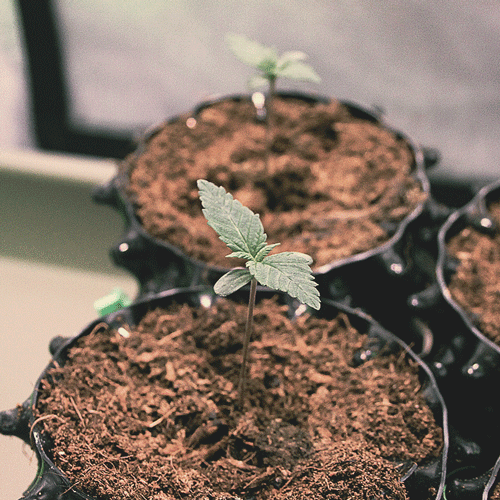


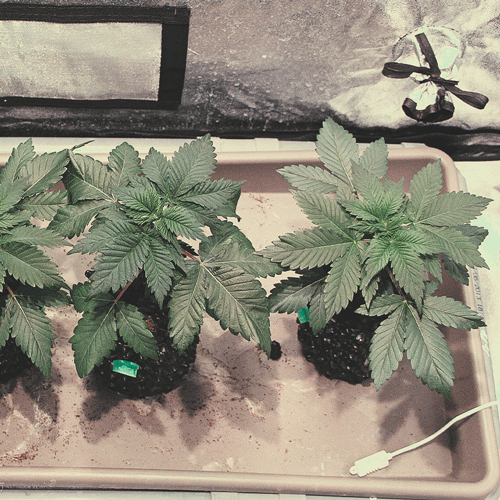
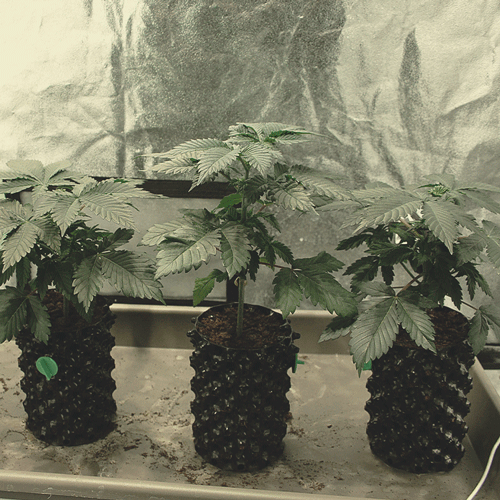


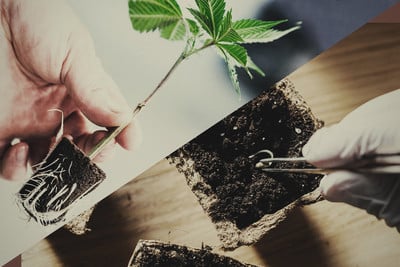
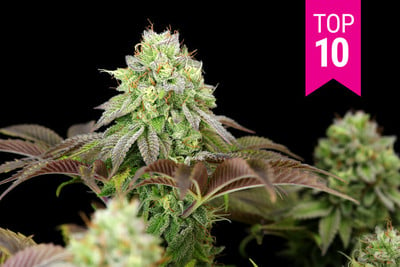



.jpg)








